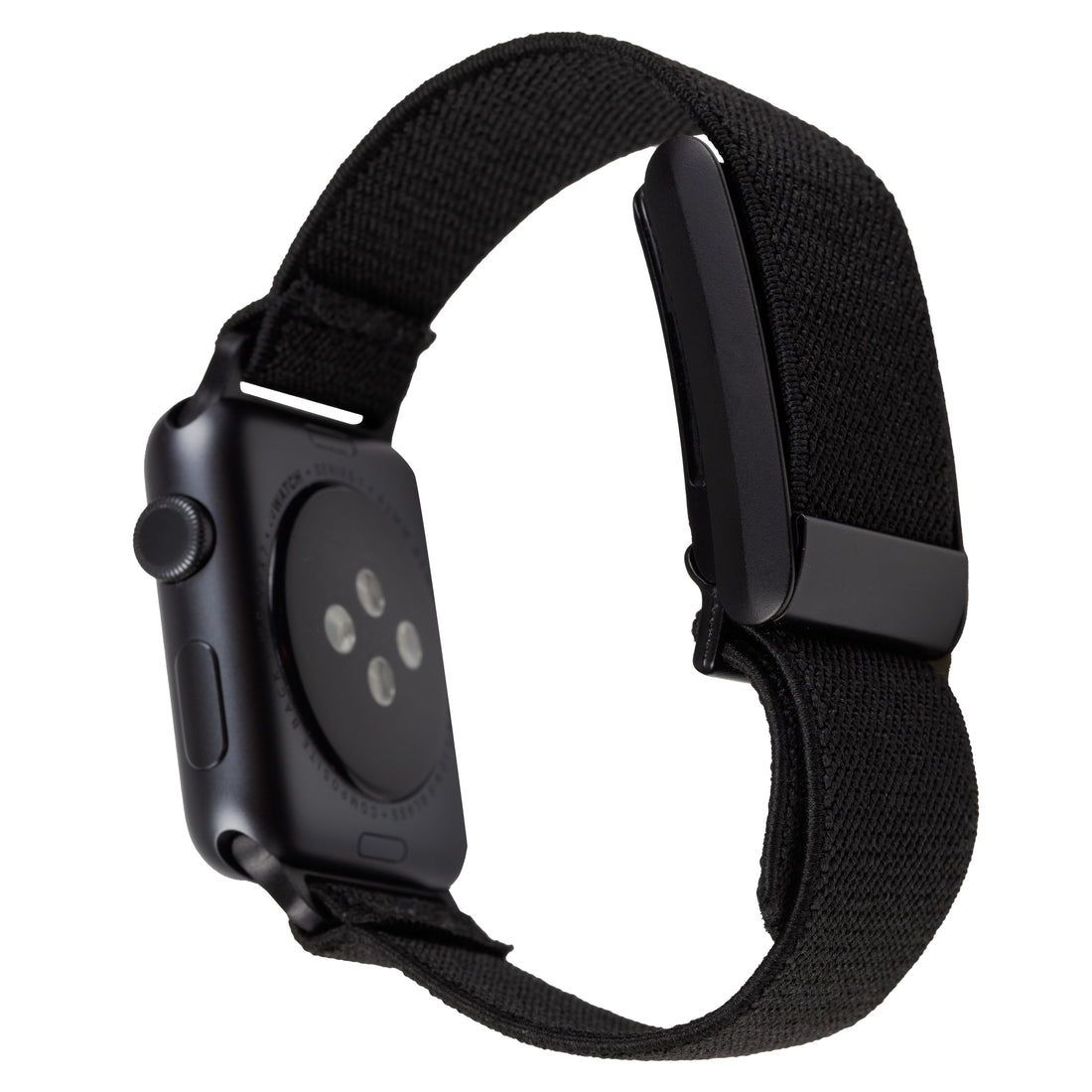Staying hydrated is crucial for overall health and optimal athletic performance. But when we dive deeper into the science of hydration, it's not just about drinking plenty of water—it's also about what's in that water. For athletes and health enthusiasts using devices like the WHOOP band or WHOOP 4.0 band, understanding the nuances of hydration can significantly enhance your recovery scores.
The Importance of Electrolytes in Hydration
Water is essential, but to hydrate efficiently, your body also needs electrolytes such as potassium, magnesium, and sodium. These minerals help maintain fluid balance, support nerve function, and regulate muscle contractions.
Potassium plays a pivotal role in maintaining cellular function and fluid balance across your cells. It helps prevent cramping and assists in muscle function, which is crucial during both performance and recovery.
Magnesium is another powerhouse when it comes to hydration. It aids in over 300 biochemical reactions in the body, including protein synthesis and muscle and nerve function. Adequate magnesium levels can improve your sleep quality, another critical factor in recovery measured by your WHOOP strap 4.0 bands.
Sodium is often misunderstood as just a 'bad salt,' but it's essential for athletes. It helps retain water in the body and supports nerve function and muscle contractions. When you sweat, you lose sodium, which needs to be replenished to maintain optimal performance.
The Ideal Electrolyte Ratio for Optimal Hydration
Balancing electrolytes is as crucial as their consumption when it comes to hydration, especially for athletes who rely on their WHOOP band data to optimize recovery and performance. Getting the ratios right can significantly influence the body's fluid balance, muscle function, and overall cellular processes.
Potassium to Sodium Ratio
The balance between potassium and sodium is vital for controlling blood pressure and maintaining cellular function. Ideally, the ratio of potassium to sodium intake should be around 2:1. This means consuming twice as much potassium as sodium. Most diets are rich in sodium and poor in potassium, so focusing on potassium-rich foods like bananas, potatoes, spinach, and avocados can help correct this imbalance. Alternatively, you can add potassium to your water as well.
Magnesium and Its Relationship with Other Electrolytes
Magnesium works closely with potassium and sodium to support cellular health and muscle function. A general guideline is to aim for a dietary magnesium intake of about 320 mg for women and 420 mg for men per day, according to the National Institutes of Health. This supports the absorption and utilization of potassium and helps regulate sodium levels, contributing to better hydration and muscle recovery.
Monitoring with WHOOP
By monitoring your recovery scores on your WHOOP 4.0 band, you can start to see how adjustments in your electrolyte intake, particularly the balance among potassium, magnesium, and sodium, affect your body's response to training and recovery. This data can guide your dietary choices, helping you to hydrate more effectively and boost your performance metrics.
The Drawbacks of Drinking Water with Poor Mineral Content
While hydration is key, the source of your water matters immensely. Drinking demineralized water, such as that produced by reverse osmosis or simply water with low mineral content, can be counterproductive. Consuming water without these minerals can lead to what's known as "water intoxication," where the balance of electrolytes in your body is disrupted, potentially leading to increased dehydration and reduced effectiveness in physical recovery and performance.
Replenishing Minerals in Reverse Osmosis Water
While reverse osmosis (RO) systems are excellent for purifying water by removing contaminants, they also strip away beneficial minerals such as potassium, magnesium, and sodium. For individuals using devices like the WHOOP band to monitor their recovery and hydration status, it’s crucial to ensure that their water includes these essential electrolytes. Here are some effective methods to add minerals back to RO water:
Using a Remineralizer
Many RO systems come with an optional remineralization filter. This filter adds a blend of minerals back into the water after it has been purified. The specific minerals can vary, but they typically include calcium, magnesium, and sometimes trace amounts of potassium and sodium. This is a convenient and effective way to ensure your water is both pure and nutrient-rich.
Manual Mineral Addition
For those who prefer a more hands-on approach or whose RO system does not include a remineralization stage, manually adding minerals is a viable option. You can do this by adding a pinch of Himalayan pink salt or sea salt, which contains not only sodium but also trace amounts of other minerals. Alternatively, magnesium drops or potassium bicarbonate can be added to your water in very small amounts to achieve the desired electrolyte balance.
Electrolyte Supplements
If you are an athlete or someone who is very active, you might find it beneficial to use electrolyte supplements. These are available in powder or tablet form and can be added directly to your drinking water. They are specifically designed to replace the electrolytes lost through sweat during exercise, and can be tailored to your specific needs based on your WHOOP recovery data.
The following recipe is how to make LMNT at home:
- ½ teaspoon salt provides about 1 gram sodium
- 400 mg potassium chloride provides about 200 mg potassium
- ¼ teaspoon of magnesium malate provides about 60 mg magnesium
Tailoring to Your Needs
Experiment with different methods and ratios to find what works best for your body’s needs. Monitoring changes in your WHOOP recovery scores can provide valuable feedback on how well your body is responding to the added minerals in your water. This personalized approach helps ensure that you are hydrating in the most effective way possible, supporting your health and enhancing your performance.
How Proper Hydration Impacts Your WHOOP Recovery Score
Hydration influences your heart rate variability (HRV), a critical metric used by devices like the WHOOP 4.0 band to assess recovery. A well-hydrated body shows improved HRV, indicating better recovery and readiness for performance. This is where integrating an effective hydration strategy with your WHOOP strap band becomes beneficial. By using WHOOP strap accessories or WHOOP compatible bands, you can keep track of your exertion and recovery levels while adjusting your hydration needs based on real-time data.
Conclusie
For athletes looking to optimize their performance and recovery, understanding the role of hydration beyond just drinking water is crucial. Equip yourself with a WHOOP 4.0 replacement band or explore various WHOOP strap bands to find a comfortable, stylish option that keeps you focused on your health goals. Remember, hydrating with the right kind of water enriched with essential minerals can make a significant difference in your recovery scores and overall health.

